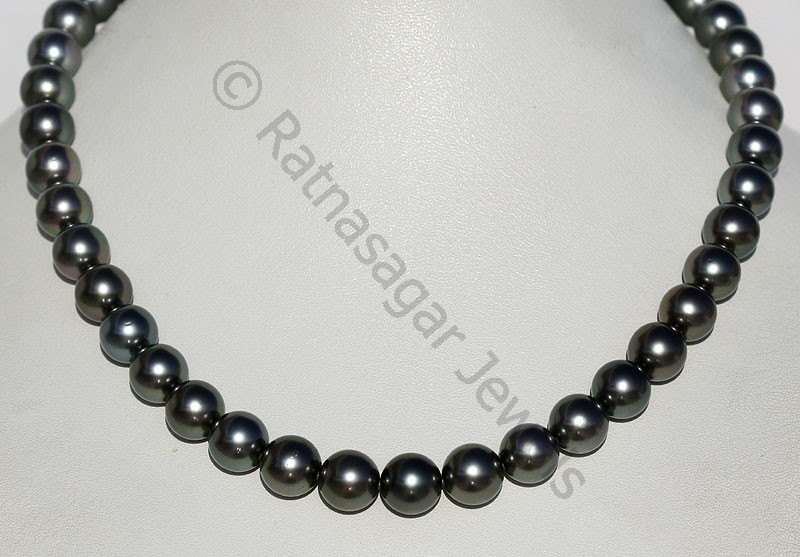Planning to buy a pearl set for your lovely spouse? Or is it something you wish to adorn for the evening party on your anniversary? For men and women, pearl (moti in Hindi) holds a place of high reverence. Considering its rich association with gods and angels, pearls are often believed to be the “tears of the forbidden souls”... and hence the purity in nature.
However, there is a huge commercial aspect to the way pearls are marketed. Here are Top 6 things you should look for in a pearl before investing in them.
Know the variety:
The basic classification of pearls is done on the basis of origin:
- Freshwater pearls
- Seawater pearls
The major types of commercial pearl available in the market are:
- Akoya: Also called the “Classical pearls, Akoya is extracted from the Japanese archipelago. Round and smooth, Akoya have a highly reflective surface with a lustrous white sheen.
- Tahitian: Bred in French Polynesian seas, Tahitian pearls are darker in colour and have a unique blend of rainbow shades. They are mostly found in oval, baroque and tear drop shape. For pirates, it is the signature “Black pearl” that they consider as a mystical element of the ocean.
- Freshwater baroques: Available in pastel and lighter shades, these are largest sized pearls with a diameter of 20 mm! Freshwater pearls are economical and last a lifetime with proper use.
- South sea pearls: These come from the coral capitals of Oceania. Now the world’s largest known pearl colony, South Sea pearls consistently come in sizes ranging between 15mm and 20 mm.
Other known varieties of pearl that are making waves in the world of pearl gemstones carving are:
- Carved pearls, also called Galatea pearls that have unique sculptures and designs made on the surface. The colours available are white, pastel, cream, brown, golden and silver.
- Eryis pearl, which is sold world over as the blue pearl of New Zealand! It has an electrifying lustre reflecting all the colours in the rainbow. Price of Eryis pearl start at $ 450 and above per carat!

Identify the pearl culture:
Yes, pearl culture is a very important aspect in shopping. Whether the pearl has a natural origin or was manufactured in controlled setting, it all makes a huge difference to the price. A natural pearl takes anywhere between 15-18 months to develop into a durable nacre body.
The steps of pearl culture are as follows:
- Mussel collection
- Conditioning of mussels
- Mussel surgery (mantle cavity implantation)
- Post-surgery recuperation/ nourishment
- Pond incubation
- Pearl harvest
Incubated pearls, however, take less than 6 months to develop. Add another month of polishing and dyeing process, and you have a pearl that resembles exactly like the natural one.
In terms of pricing, the natural ones will weigh your wallet down significantly. All pearls have to be necessarily be marked with their source and method of cultivation in the commercial market.
Cultured pearls are relatively cheaper than the naturally extracted items.
3505dc11-6903-46e3-9643-dcb2c5b0fe49|0|.0|27604f05-86ad-47ef-9e05-950bb762570c
Tags
: Pearl Gemstone Beads . Wholesale Pearl Gemstone Beads . South Sea Pearl . Tahitian Pearl